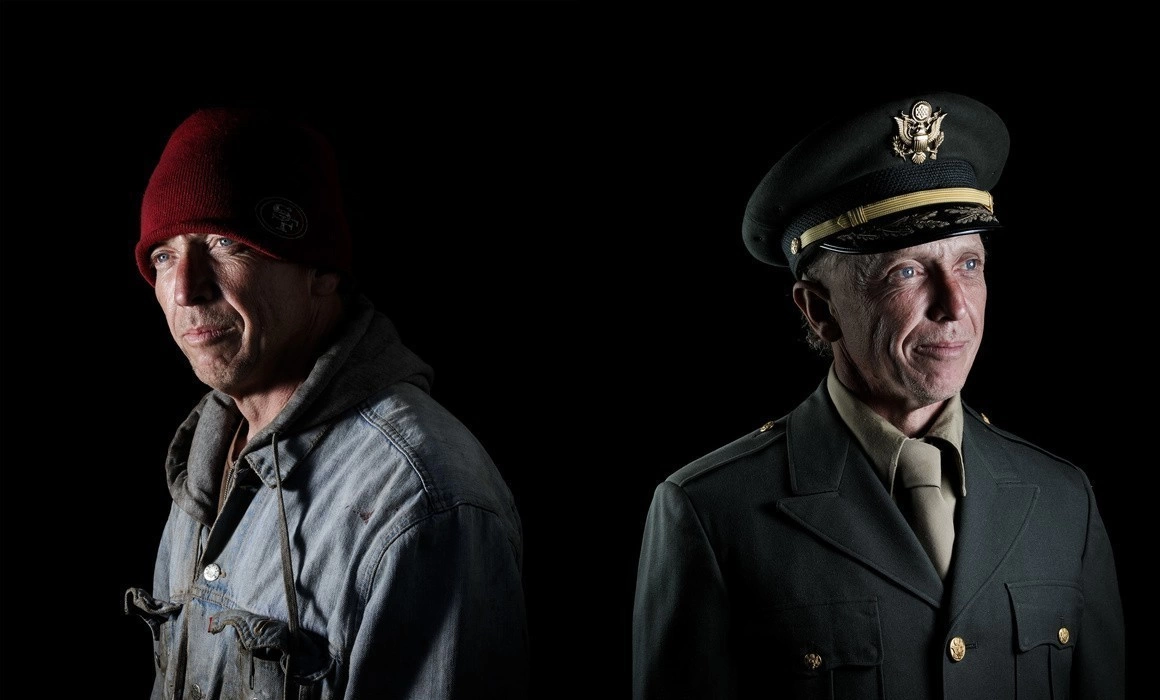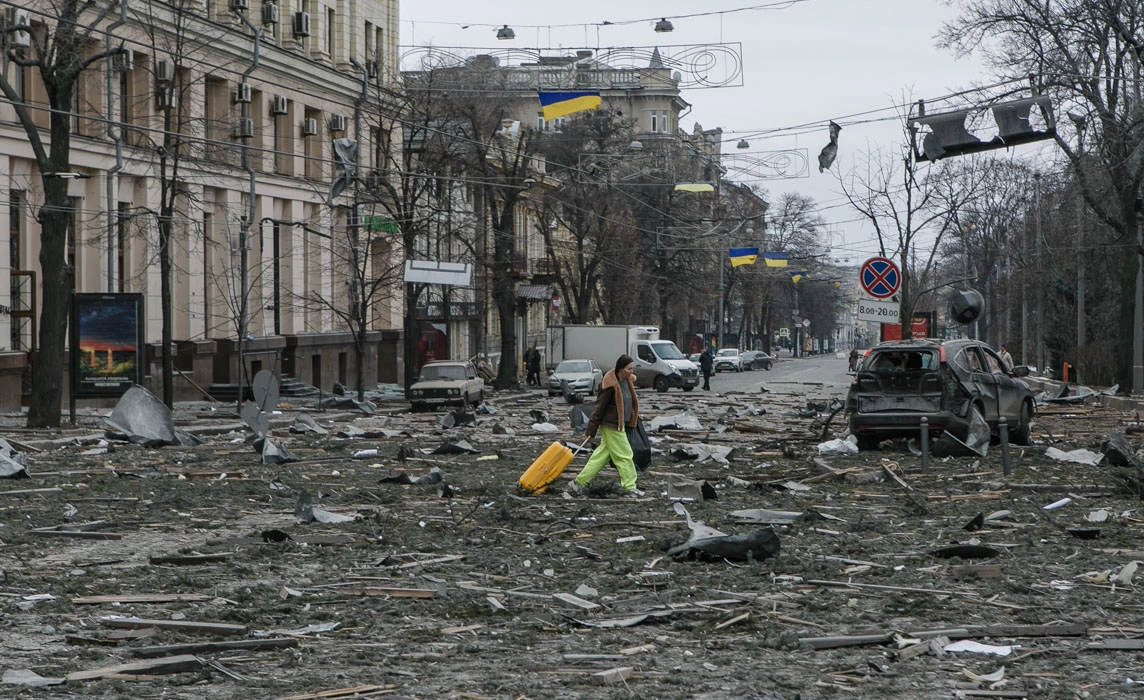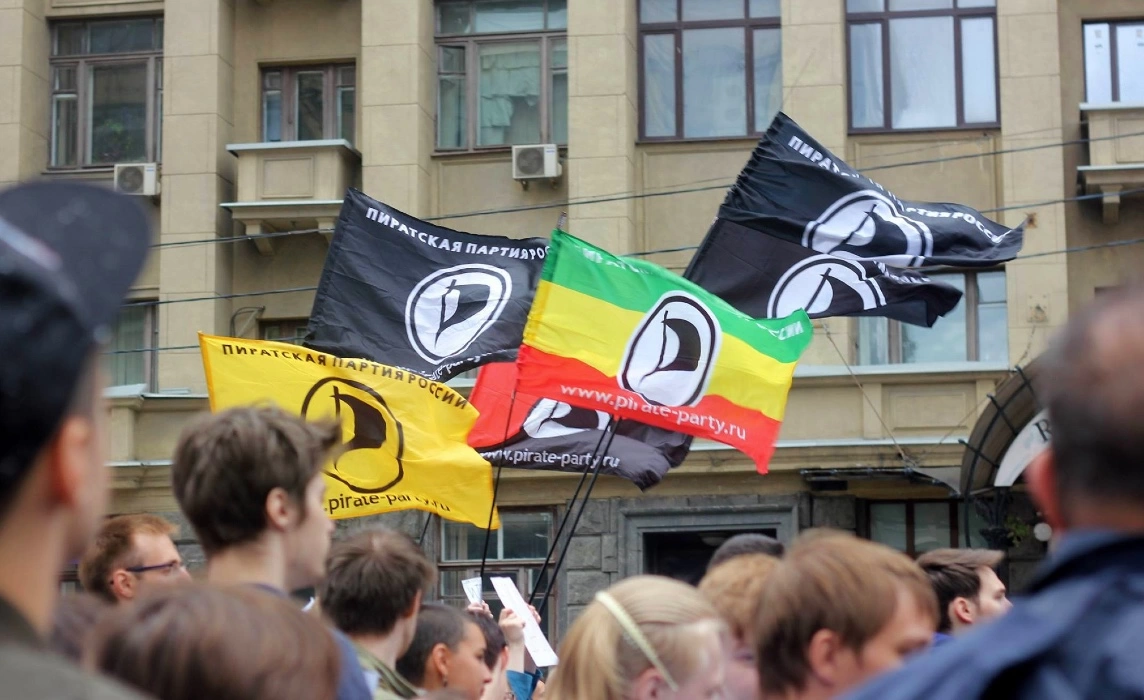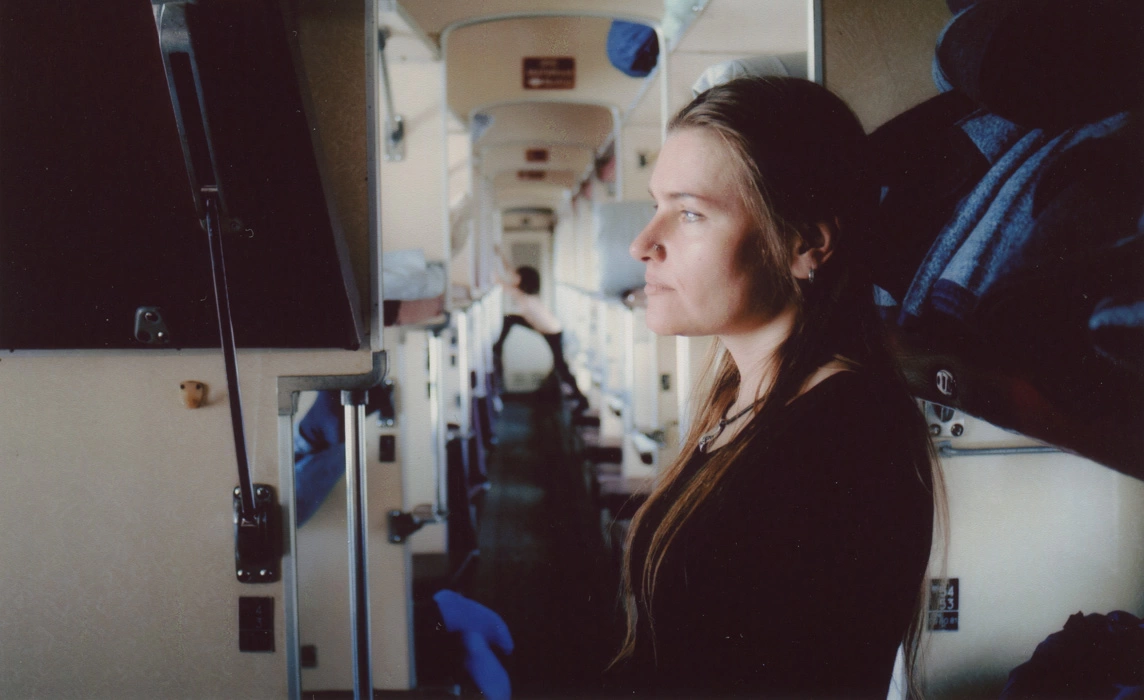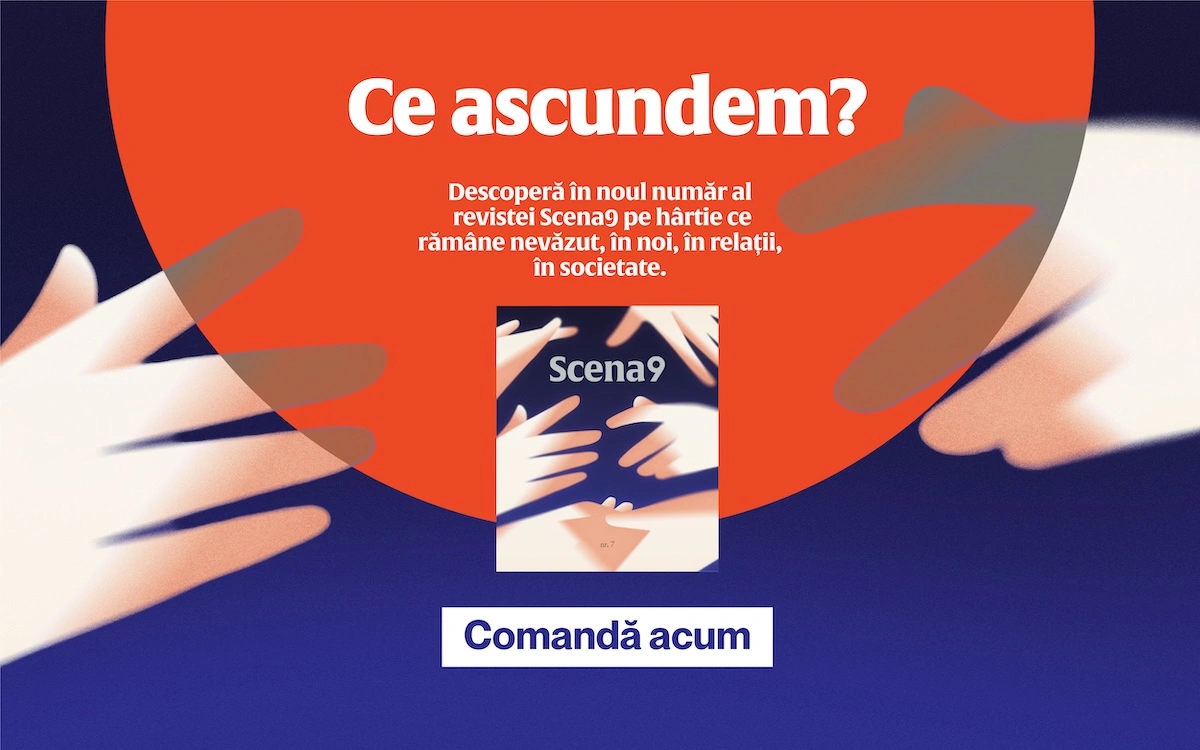What do you see in the photo on the left? A loser. Someone who sleeps on the streets. A homeless person. Finish your thought: they’re lazy, state-assisted, and living off your and other honest taxpayers’ money. Isn’t that so? A dirty person, who probably smells. Maybe they’re junkie or an alcoholic. Maybe they’re a thief, who wouldn’t hesitate to rob you blind and beat you up. Look on the right. You see someone “like yourself” there. A person with a job, who found their path in life and followed it. A person who has fulfilled their life dream.
They are one and the same person.
The Prince and the Pauper is a photography project that features homeless people from San Francisco: on the left, they are photographed the way they present themselves in their everyday life and on the right, the way they once dreamed they would be. The project is by Romanian photographer Horia Manolache (30), a Master’s degree student at The Academy of Art University in San Francisco. Horia lived there with his wife and their two children from 2013 until this spring. Recently, they moved back to Romania, but Horia’s career started taking off in the USA, and right now they’re going back and forth between the two continents.
I met with him in downtown Bucharest, just as the summer was ending, and we sat down for a cup of coffee. The announcement for his Indiegogo crowdfunding campaign had popped up in my news feed, on one lazy Saturday. Horia hopes to finance the publication of a photo album with the project, to include the stories of the people he photographed as told to him by the subjects themselves and recorded by him. He would like to feature the story of the project itself, as he experienced it. You can donate for the campaign until September 20. I saw the noir portraits and I was instantly charmed by their sheer expressiveness and how they seem to have a hint of Rembrandt to them. And I wondered how a Romanian ended up photographing homeless Americans.
In Romania, Horia studied Geodesy for two years, and then Film Directing at Hyperion University. In 2013, he enrolled in a Master’s degree program in San Francisco, and he brought his whole family to the States, where he and his wife welcomed their second child. He wasn’t known as a photographer when he left the country – he says that he didn’t manage to find a structure to Romanian photography to hold on to. When you arrive in the USA, a place where nobody knows you and where you can disconnect from everything, “you’re a newborn who can only grow.”
That’s what Horia did with The Chairs. The project started as class homework; he was sent to document an upholstery shop and to take portraits of the owner. “The final portrait was horrible, but I had an idea after I saw a white chair with a broken arm. What if that chair were a woman? How old would she be?” These questions gave birth to a new series that brings objects to life and assigns character to them. The series also speaks about the human need to project upon oneself the imagined features of the objects. Elegance, sobriety, playfulness, all related to how we want to appear. The project inspired him, because he reminisced about the time he did character files, back when he was studying Film. Affirmation came soon after The Chairs.
In 2014, Horia was awarded first place in the Book Proposals category at the Prix de la Photographie Paris, first place in Editorial at the International Photography Award (2015), and first place at the Longford Expressions Exhibition (2015). Following that, his work was displayed at numerous art galleries in the USA, France, and Germany. Maybe his most prominent exhibition was San Francisco one, at the De Young Museum. There, his photographs of Haight Street were put up next to the classics: Ansel Adams, Eadweard Muybridge, and Dorothea Lange. And in 2016, his success was finally making its way to our country: Forbes Romania included him in their annual list of 30 under 30, calling him „the new face of photography”.
Forbes magazine, the notion of success and the name Dorothea Lange, all make their way into the story of the project The Prince and the Pauper (yes, a reference to the Mark Twain story). Before he arrived in the US, Horia had worked on some jobs for the Romanian edition of Forbes – he used to take photos of “successful people”, which lead him to question the very notion of success. He left for the States, off to experience the American Dream – and what a success that was! But, thanks to a project that required him to spend a month on the famous Haight Street in the liberal city of San Francisco, he was shocked to discover how many homeless people lived there. Official estimates place the total number of homeless adults and children living in San Francisco in 2013 at 7,350. A 10-year poll on this theme revealed a 7% increase in homelessness. In 2013, San Francisco had around 813,000 inhabitants. As a reference, in 2009, Bucharest had around 5,000 homeless adults, and a population of 1,944,999. In that month he spent on Haight Street, Horia met some of the people living on the streets. He understood that some were there because they chose the path that society had picked out for them, while others, because they carved their own path in life. Horia wondered where they would have ended up, if things hadn’t taken a turn for the worse.
He remembered Edward Weston’s close up portraits that make you realize that things are not always what they seem. He rediscovered Rembrandt’s paintings, where the background is just light and darkness, so that the portrait can speak to you with its eyes and facial expressions alone. He remembered the famous Migrant Mother, by Dorothea Lange. He understood then that when you see something at a larger scale, from an unnaturally small distance, you’re more prone to question the things you see. To top everything off, there was Jim Goldberg’s 1985 Rich and Poor, where the subjects told their own stories. He wanted to reach for that type of truth, not just the photographer’s truth, filtered through the lens. He decided that he would publish the stories of those he photographed and he would edit the album The Prince and the Pauper himself, so that he would have complete control over the project. Not even Goldberg was satisfied with Rich and Poor, until he edited it himself, recently.
Before I manage to pierce through the influences, we take a short break and Horia asks me for a cigarette. He quit, but he started again. It’s hard to quit in San Francisco, where everybody smokes weed. He even bought some from the people he featured in his project, because medical marijuana is now legal in the US. Legal, but not necessarily accepted by society. He tells me about Mike, who ran away from home when they found THC in his blood, back when marijuana was still illegal. From then on, he was forced to undergo periodic checkups. Finally, he chose to leave everything behind and run, rather than quit.
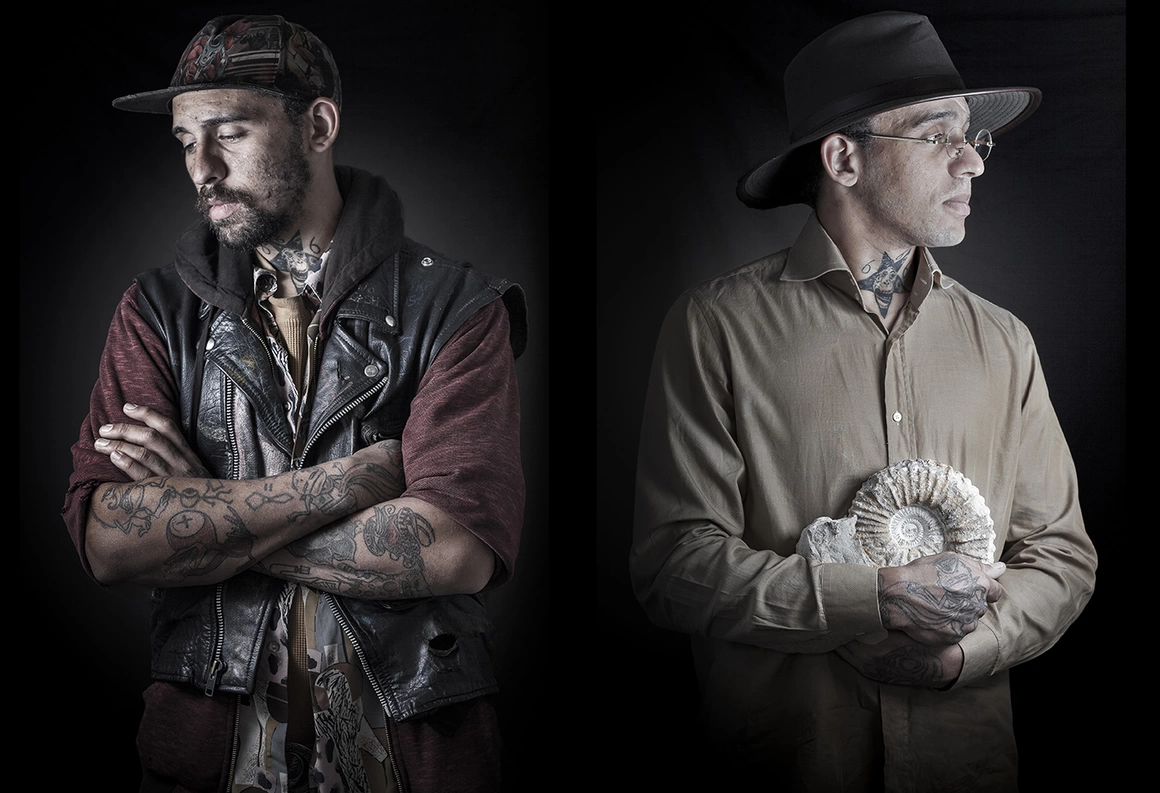
We’re smoking and I mention that there are quite a few homeless people in Bucharest, too. Horia agrees and tells me that he hadn’t thought of doing the project here. Why? Because, for him, the idea was to uncover the stereotypes of American society, to force it to look at itself in the mirror. He recalls a series a photographs printed in an important US publication that illustrated the concept of family in various corners of the world. In the US, there was a newlywed gay couple, where everyone looked very happy. In the West, everything looked alright. But in the East, which included Romania, the atmosphere was completely different. The Romanian family featured was a young couple who were doing drugs in a sewer. He remembered ABC’s 90’s coverage of the horrifying living conditions of Romanian institutionalized children. In Horia’s opinion, the coverage justified an immense adoption wave, where 16,000 children ended up living in the USA and Canada. He thinks that Romania’s image in the US keeps reflecting the stereotype of inhumane living conditions. He doesn’t deny the reality behind it, but as a visual artist living there, he found the differences in the depiction of the two countries very unjust.
In general, Americans don’t like to talk about the homeless issue – “and especially don’t want me, a Romanian, to talk about this. Even if I don’t do it offensively.” He’s even had some opposition from galleries in displaying his homeless project. One gallery, which was financed by the state, was only displaying American photographers. How dare a Romanian, go there? With this theme! Americans “don’t want to be associated with this. America is a successful country. But how can you gauge success? By appearance? How do you do it?” Based on the idea of the American Dream, which is in fact a façade, he thought of capturing success in his photographs. Initially, he wanted to take photos successful people failing, so he went and put forth the idea to the director of the school. He was turned down, repeatedly. It may have been out of superstition, but no accomplished individual wanted to push their luck. “We laugh and we joke, but I can’t be portrayed homeless. (…) In San Francisco, I met people who are a bit hypocritical. It’s a duplicitous society – not all of them, but the higher class tends to be that way. And that’s why I wanted to throw this in their faces. I wanted to capture successful homeless people, not them. ”
The school he attends didn’t allow him to bring the homeless people to its studios. Horia saw that the project was becoming more and more difficult to bring to life, but he wasn’t about to abandon it. He asked around at hotels and to his surprise, the first one he asked, said yes. To be fair, it was a more special hotel, a type of co-op that belonged to former NASA workers. “They were open minded people”, he says. What followed was the negotiation of trust with the homeless people, of their availability to be photographed. For the project, Horia set up the studio inside the hotel. He bought and rented costumes off eBay and Amazon, and his pregnant wife agreed to help with the cutting of hair, the styling and the makeup. But he soon found that even though the photo sessions were planned weeks in advanced, the homeless weren’t showing up at the hotel. Then, he asked one of them to help him – they reached out to the homeless in parks and on the street and encouraged them to come and have their photo taken.
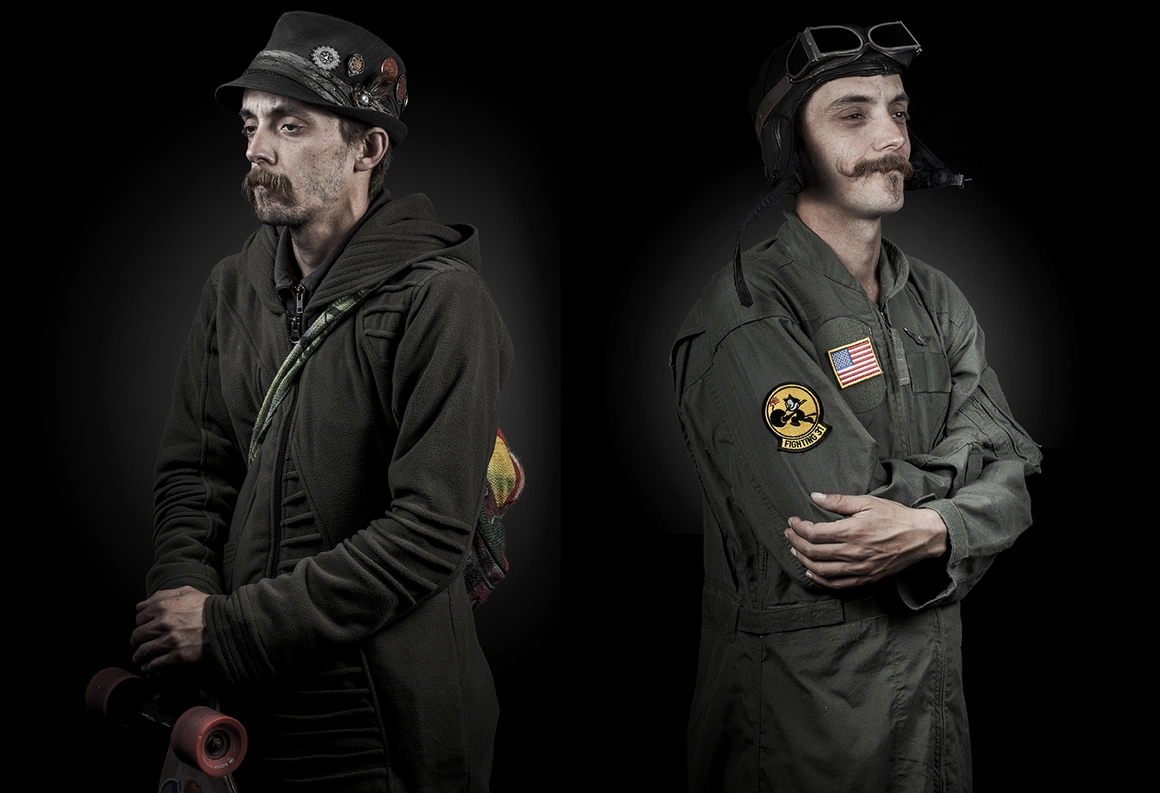
In time, Horia started finding his own subjects, not just in the Haight Street area, but in all the places where the homeless tend to live: under the bridges, on the fringes. I asked him why the homeless trusted him. “They had nothing to lose, nothing to hide.” A lot of them were just happy they showered, shaved or had their hair cut. He tells me about Honey, whom he helped fix the car she was living in, so that she wouldn’t have to sleep under the stars. When she entered a restaurant to use the toilet, women would shield their children from her, out of fear.
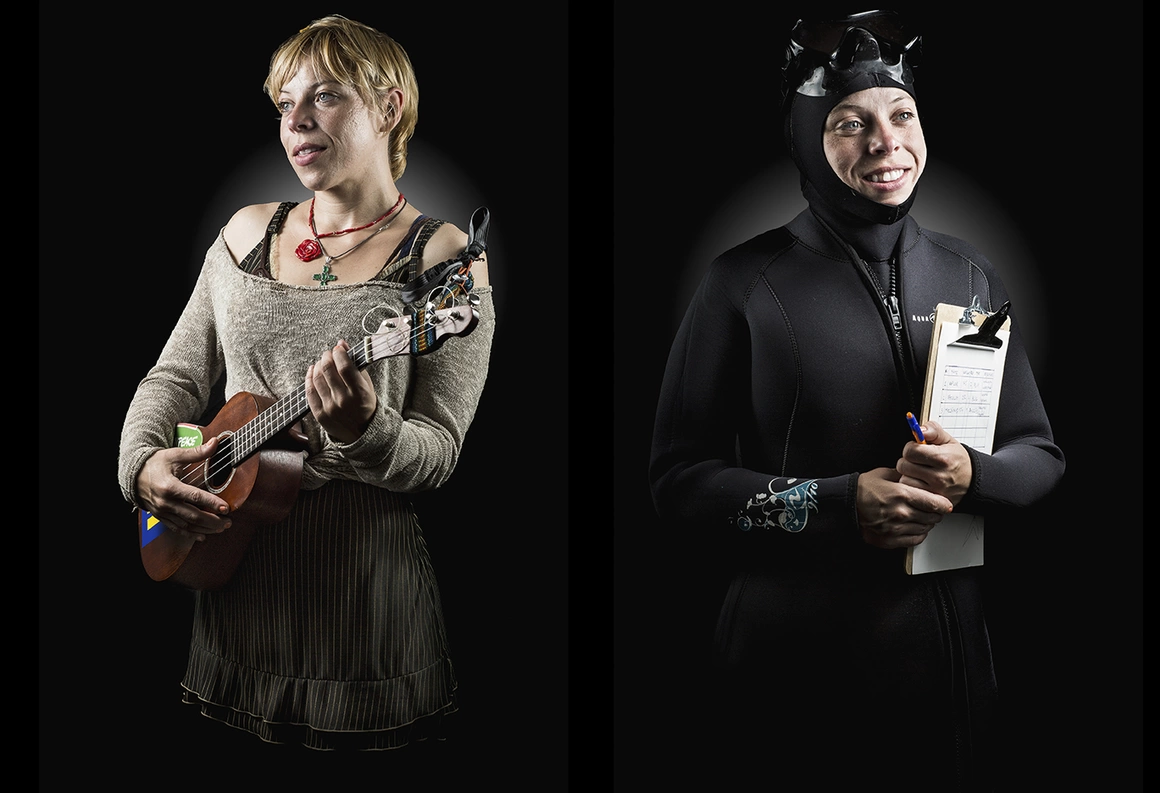
Unfortunately, Honey’s car broke down and she ended up in a shelter. It wasn’t a good place for her, so she ran away and ended up living in a park. She got sick and ambulance picked her up. Today, Horia doesn’t know where Honey is. Many of the people he photographed are still living on the streets, so it’s hard to keep in touch. He’s happy that some found a shelter and a job with the help of some organizations. “Nobody can make it without help, no matter how much they believe they can.” Maybe it is most difficult for alcoholics, but Horia has hope even for them, that they will manage to find support. He remembers Shad. “I don’t know if he still has the power to hope. I think somebody needs to come and give him hope.”
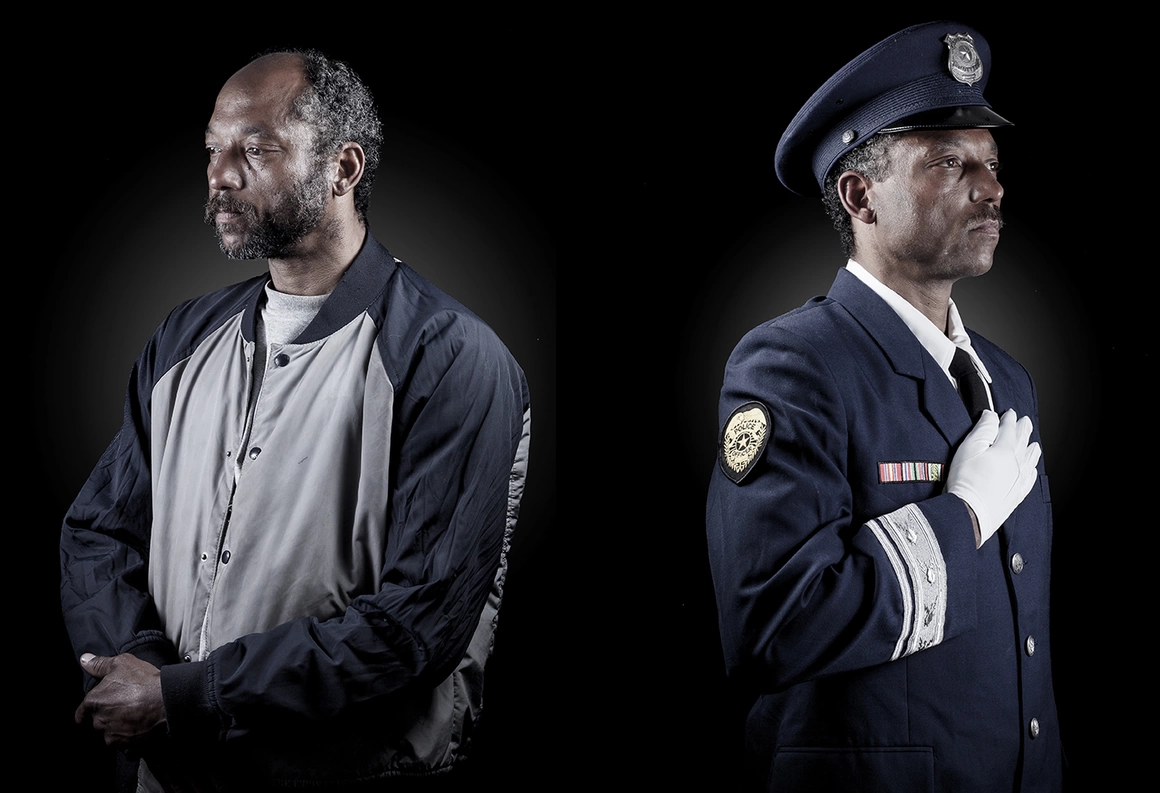
The people he photographed left him with plenty of stories and one scary thought: if you’re left without an ID card and with no money in your pockets, you can free fall. “I would put myself in their shoes and think that if you got to that stage, you have no one you can ask for help. It’s a type of dead end. How do you get back from that? What are your options? I mean, you and I have families, but if you don’t, what can you do? ”
He’s always paid his subjects. I ask him if that doesn’t seem unethical. He tells me that if he had worked with professional models, he would have done the same. “I don’t use homeless people because they don’t ask for anything. I use them because this is my project.” He says that if he hadn’t paid them, it would have seemed as if he took advantage of them. He tried to do another project with Mike, a documentary. They drove together throughout California, but in time, Horia realized that he was paying for the gas, buying food and then it dawned on him that the relationship which had formed between them was preventing access to Mike’s documentary-worthy reality.
The discussions about ethics have discouraged him from publishing the project he finished in 2015. There were voices saying that he was taking advantage of the homeless. But when he finished the series, he had an exhibition at a hotel and he invited everyone he had photographed. He remembers that “they were happy to be there and that someone told their story. Tammy was so proud that she started crying. And I wanted that to happen, I wanted to show that they are proud people. There’s this stereotype floating around where everybody’s taking photos of beggars, and dirty homeless people, lying on the ground. That isn’t the only reality, and everything is circumstantial – this is what I wanted to express.
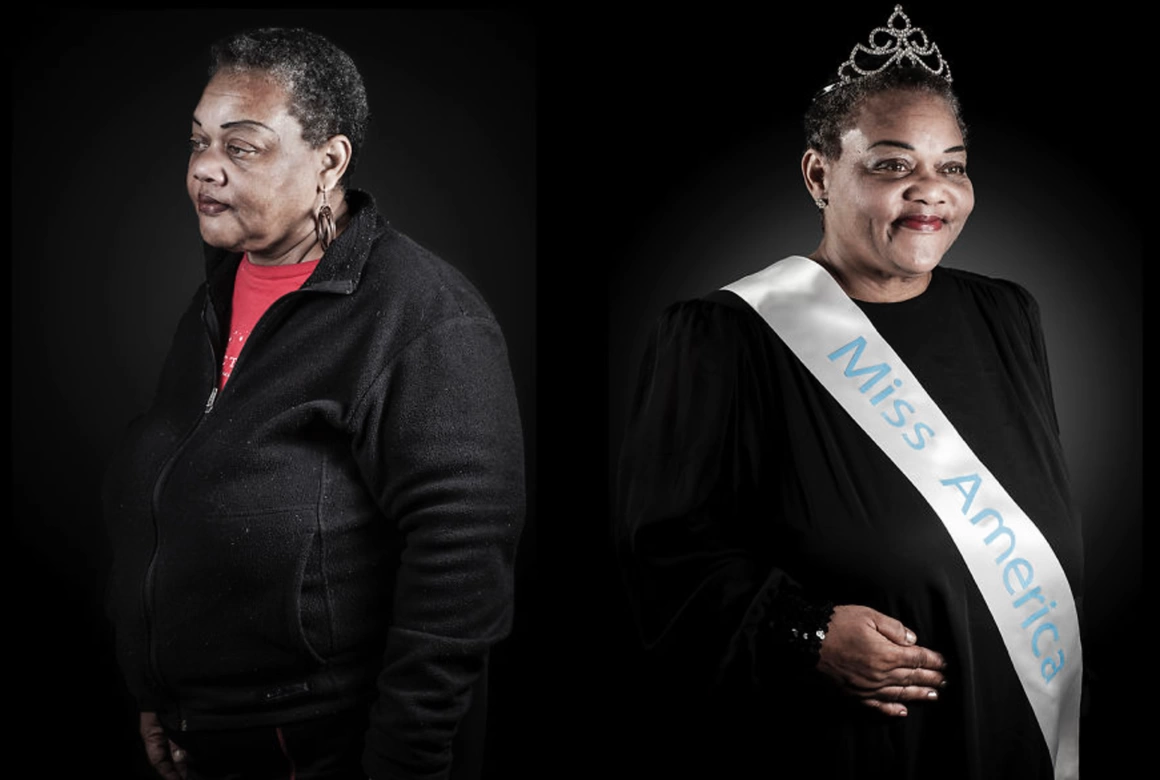
Horia tells me that Tammy was kidnapped when she was 16. After that, her grandmother forced her to marry a man she didn’t want to marry. When she found out her that husband was sexually abusing her children she wanted to leave. Tammy’s parents had died, and her mother left her money in an account that had been taken by her grandmother. It was her who also took the children. “It was hard for her to start over” Horia says. When I ask him about the causes of the ethnic inequalities in the United States, Horia answers swiftly and without hesitation: the lack of access to education for African-Americans. Even though they were released from slavery, they didn’t start again from scratch. Education is expensive in America. “Over there, success isn’t for everybody. I think we need a decent living for everyone – even for the homeless. If you ever get to that point in your life, you should be able to have the tools to escape. Or at least be able to have a shower, if you find a job. Or to be able to look for a job.”
He believes in the need for a stronger social system in the United States, but he hesitates to tell me more about the people he photographed. He’s trying to protect those in vulnerable situations. Following the publication of the photographs, there was one person who wanted to help Bill. But he is hiding from the law, because he fled without paying off his ridiculously high medical bills. Horia was afraid to disclose Bill’s location on the street, as the benefactor could have turned out to be a cop. So, it is highly important for him not to betray the truth of those he worked with. He would rather let his project speak for itself. “I would like people to come to their own conclusions, after they read their stories. Maybe it’s not just their fault for what has happened to them. Maybe it’s society’s, too.”
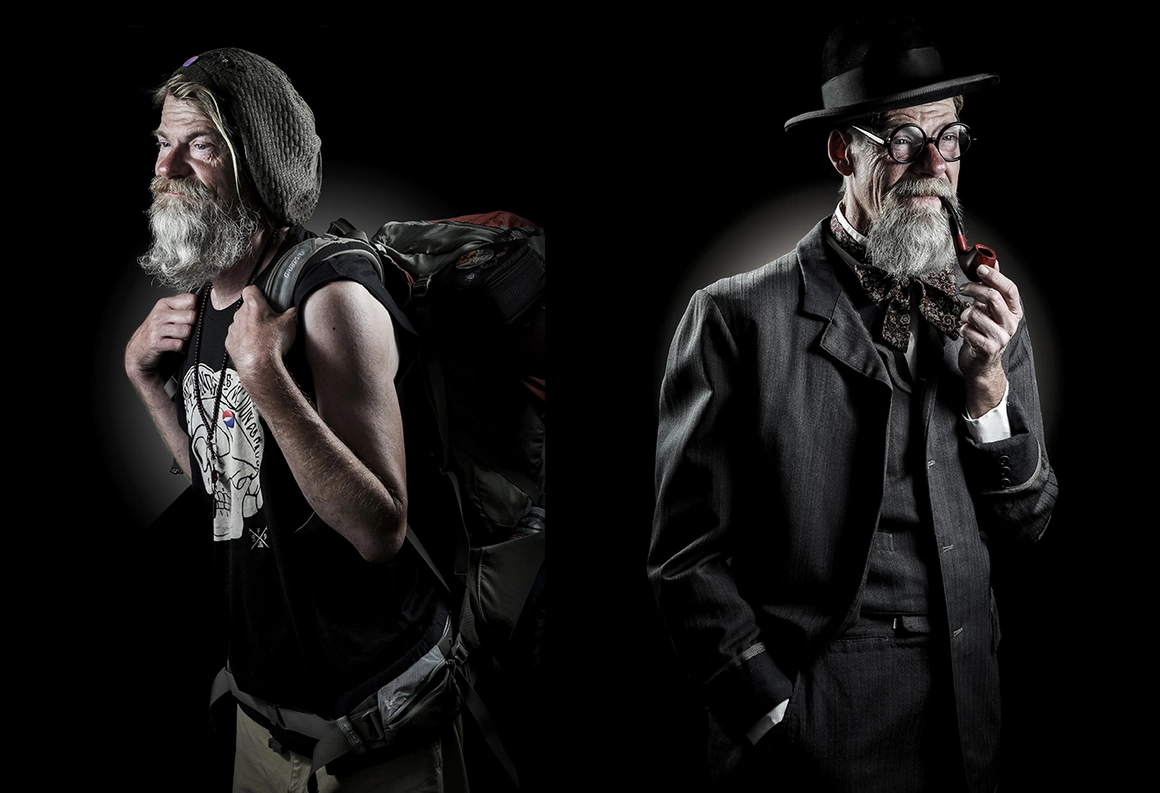
“I don’t want to take too much credit for this project. I’ve seen photographers take photos of people sick with cancer, and look so proud of themselves at the opening of the gallery. I shy away from that.” But he does admit that he wanted to expose a bit the myth of the American dream. “I wanted to do them a little justice. I told you, I don’t want to make this about myself, but it did come from that. It came from my perception of their society, where the homeless are homeless. And I wanted society to envy them.” He doesn’t want to take too much credit, or to become a spokesperson for the homeless because that would seem a tad too “hypocritical. (…) I didn’t do this project thinking it would go too far and people would talking about it. That’s why in the book, I let them tell their own stories. (…) There is that misconception that homeless people are lazy, that life is a game, and they lost and others won. You say, well, they lost, that’s life. But I don’t think everything needs to be a game with winners and losers.”
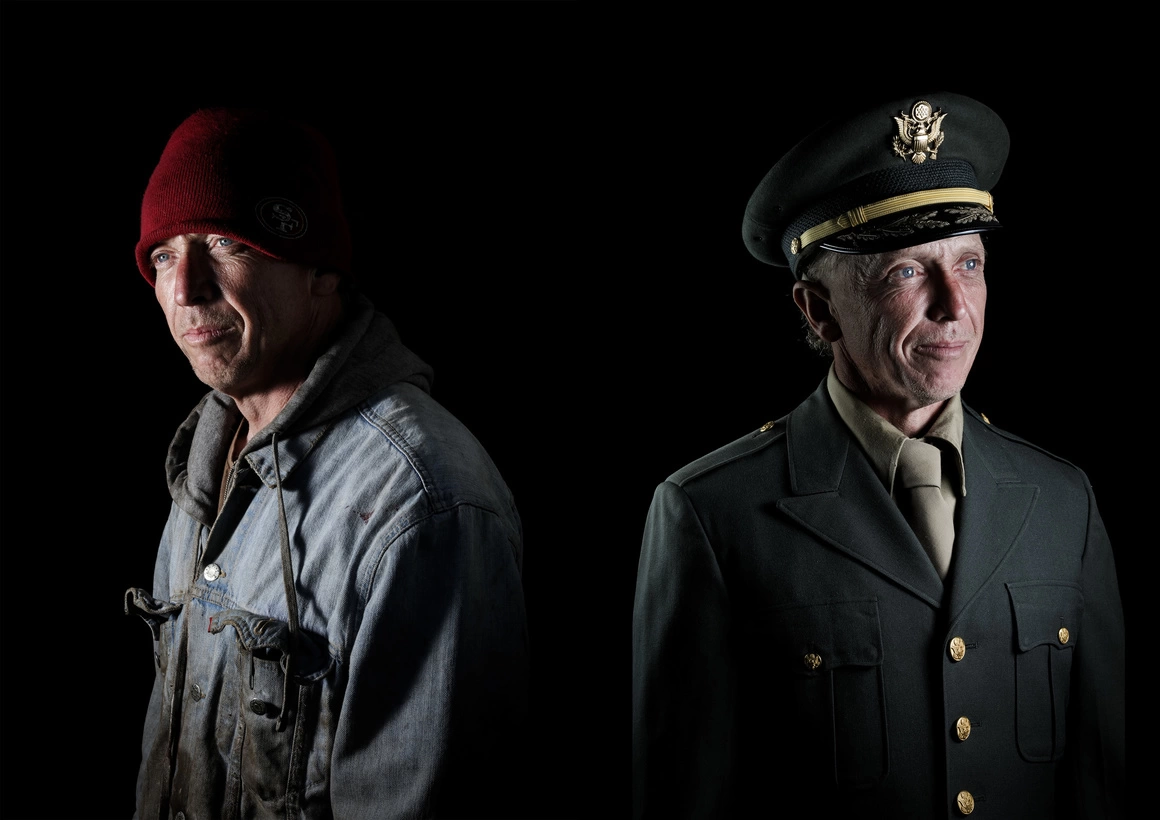
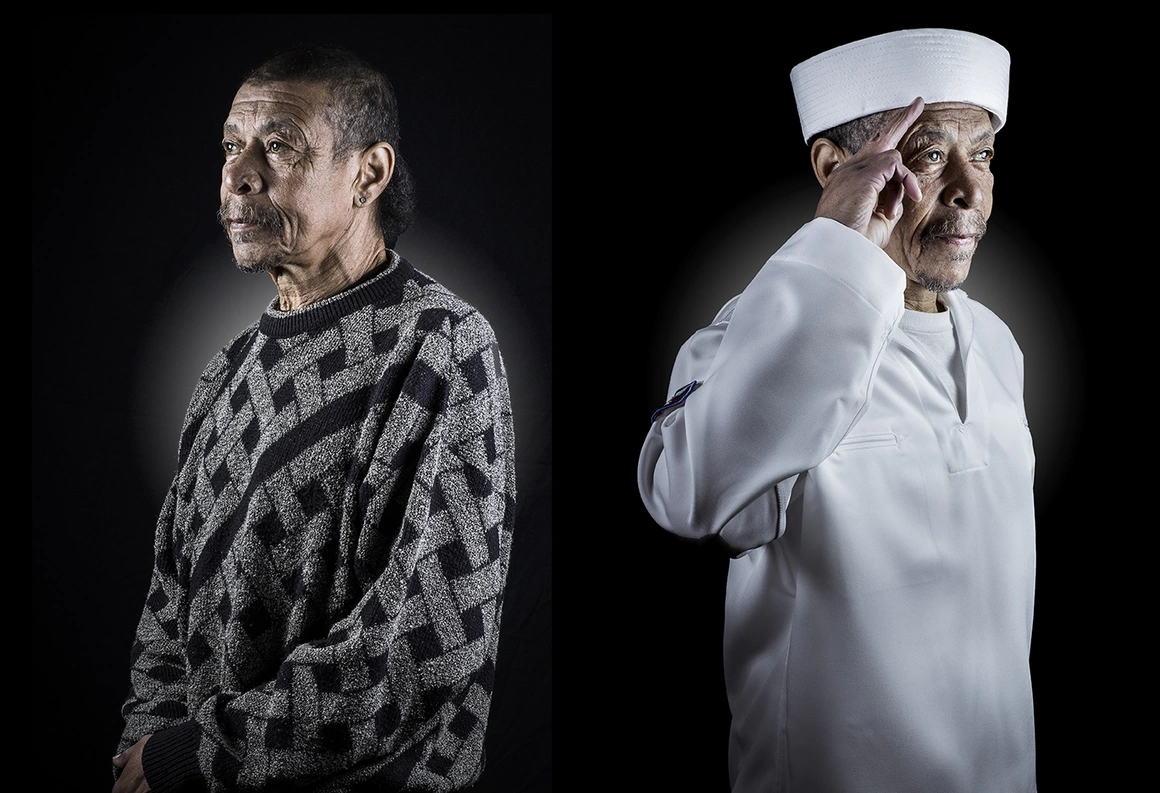
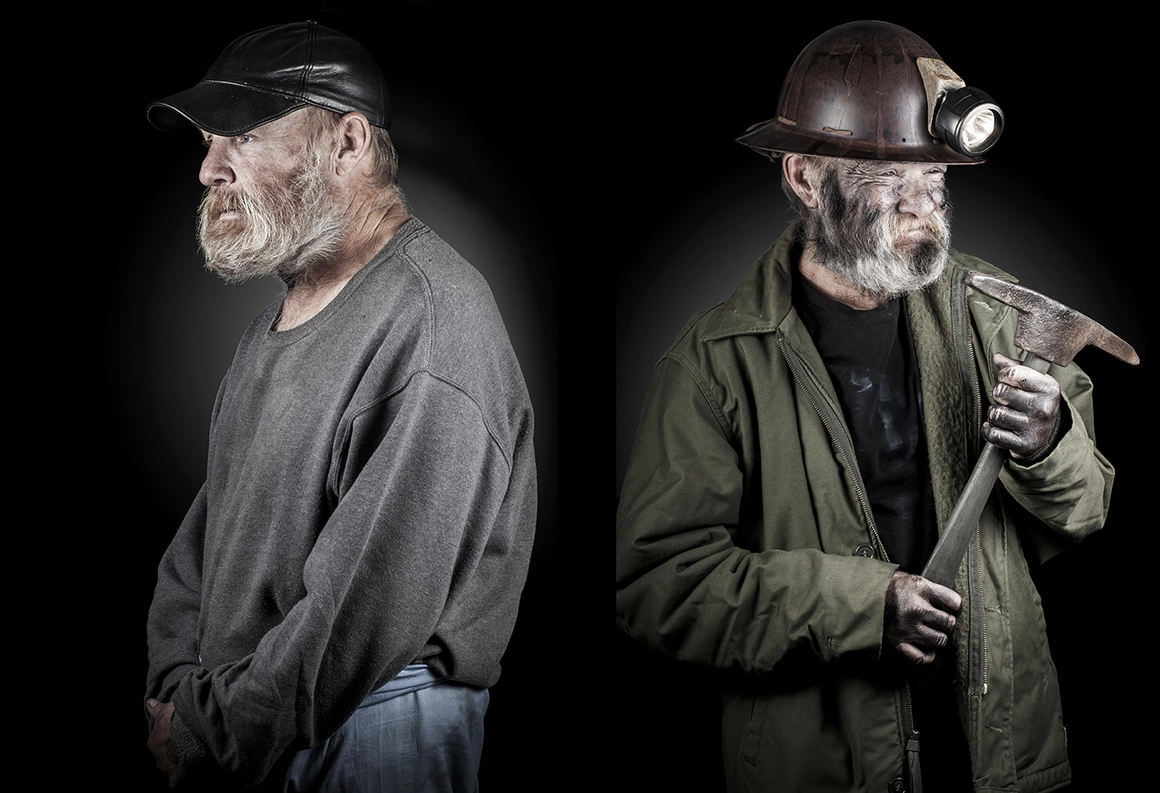
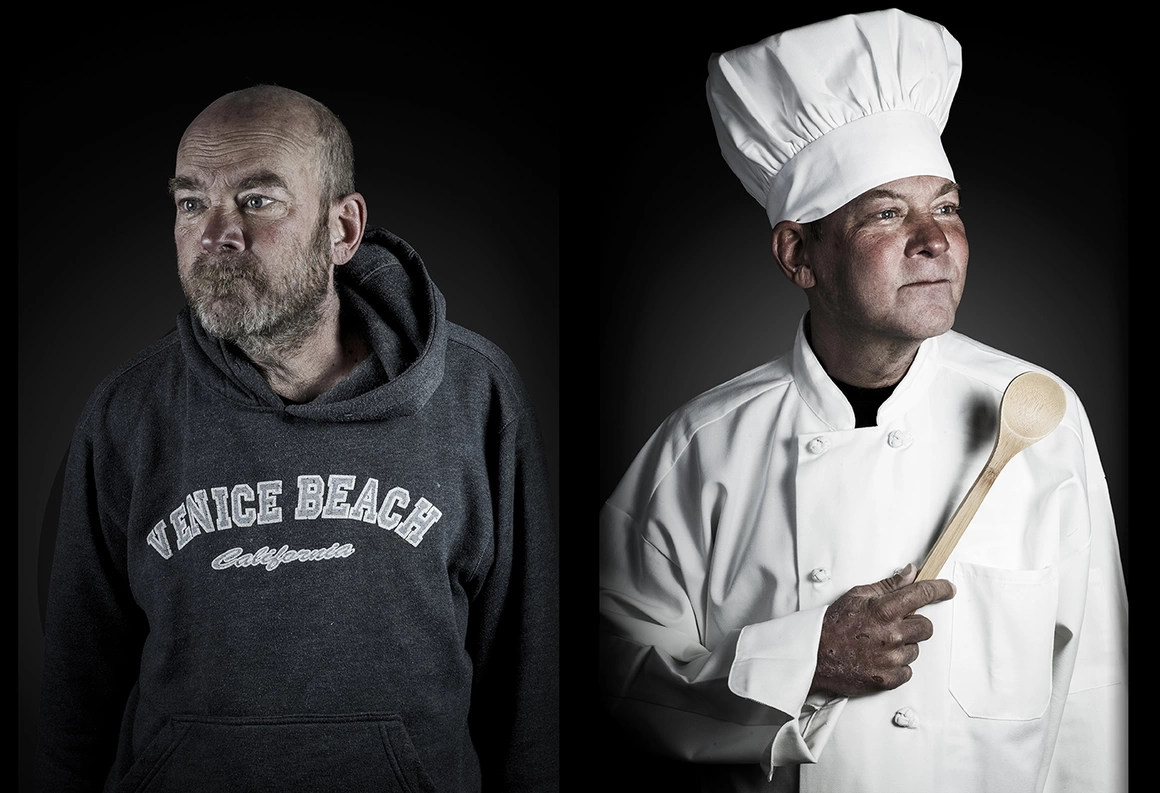
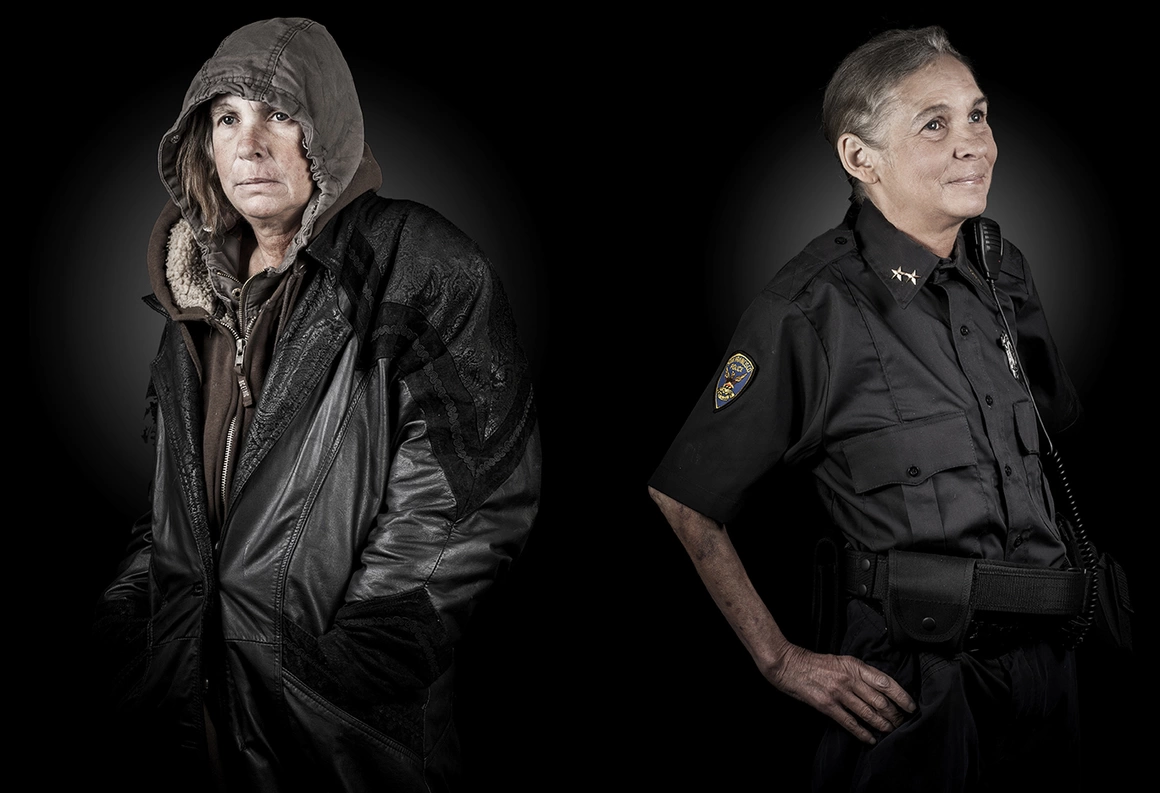
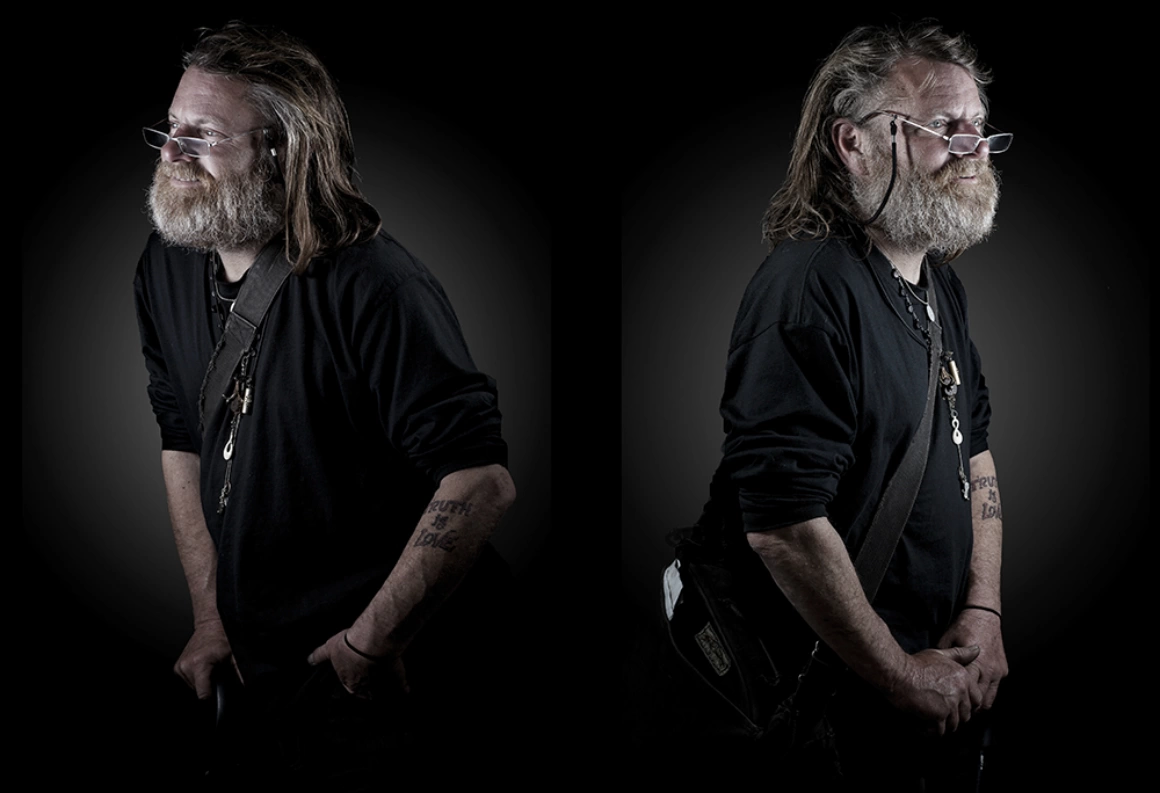
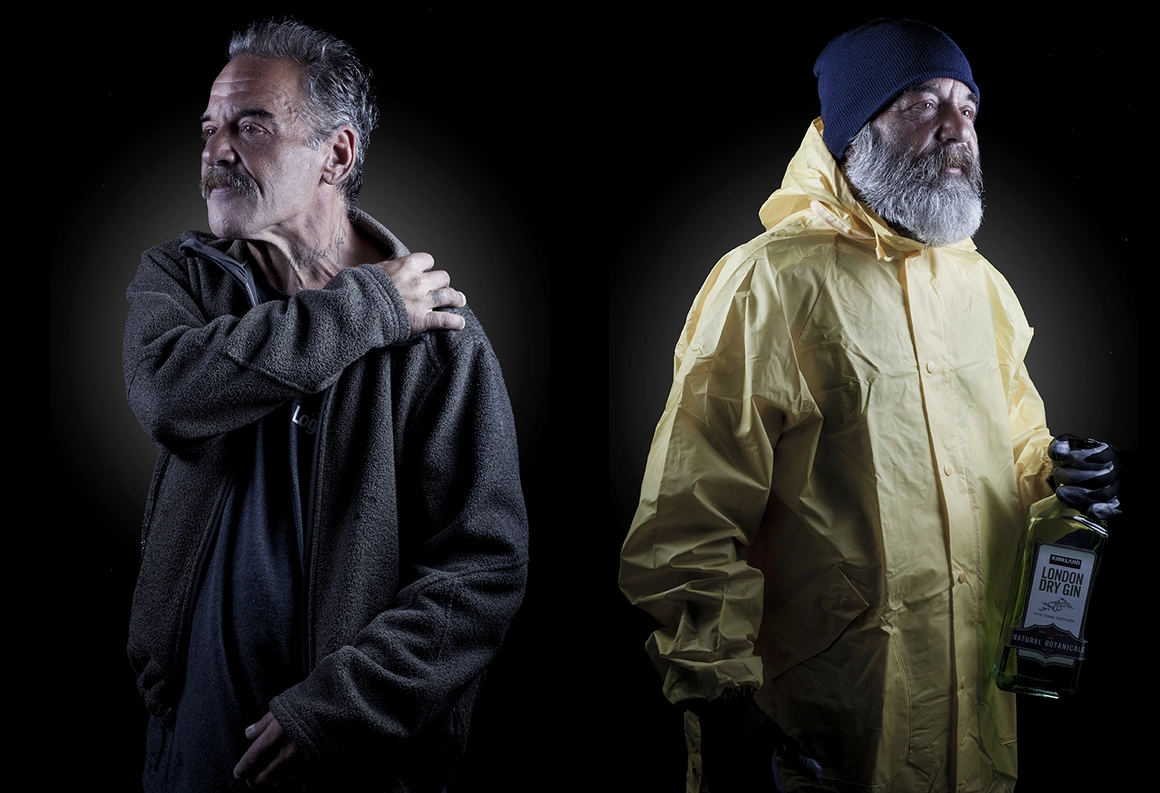
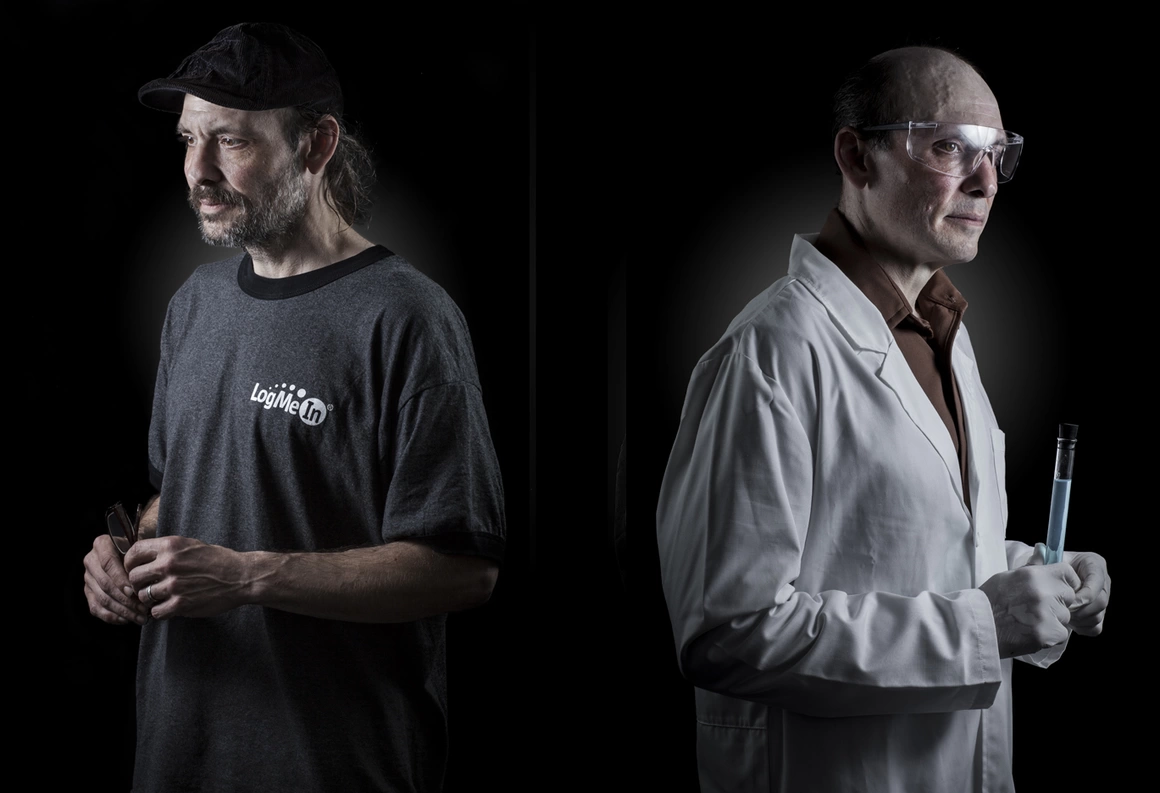
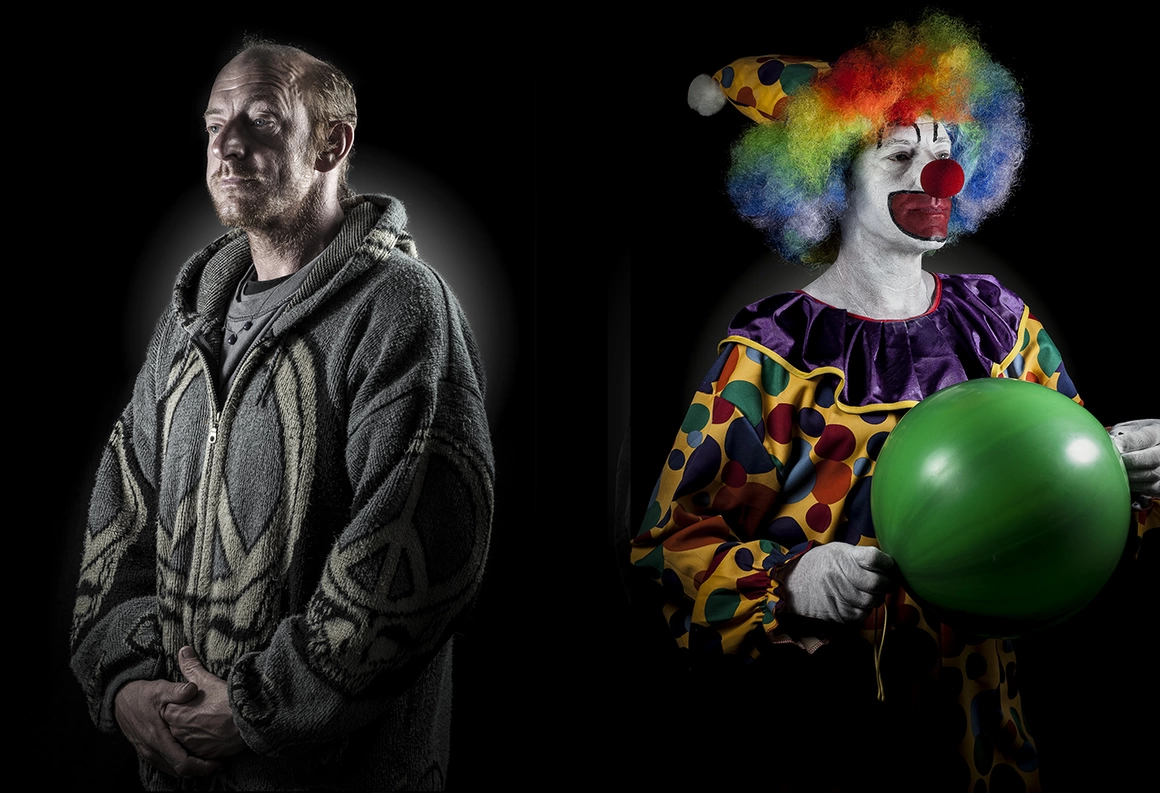
All the photographs and their captions belong to the author.
Translated from the Romanian by Cristina Costea.
You can donate here form Horia Manolache's campaign, until 20th september.
